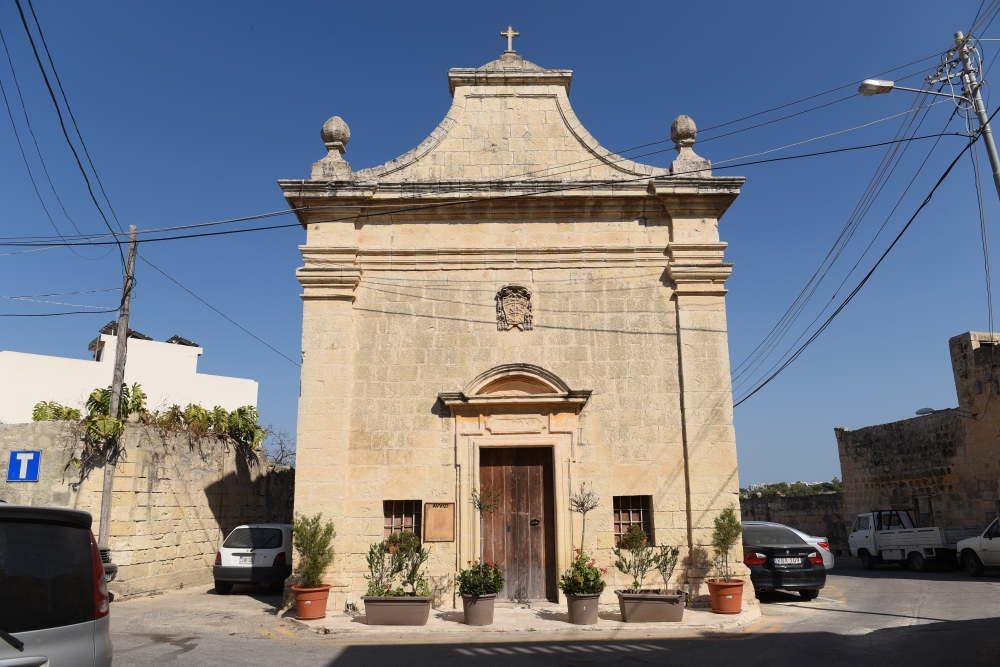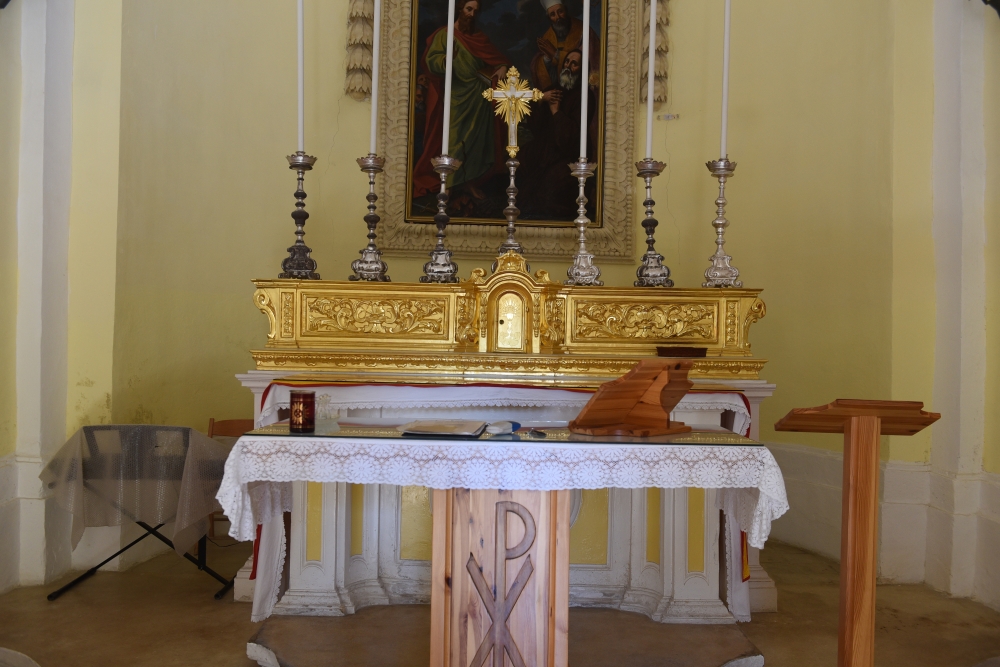[WATCH] Historian makes impassioned appeal to save chapel from roadworks
Chapel custodian and historian Reno Saliba joins Superintendence for Cultural Heritage in appealing for the rerouting of Central Link Project in bid to save recently restored chapel and the rural environment around it


Attard historian Reno Saliba is worried that the proposed Central Link road project will threaten the structure of the St Paul Shipwreck chapel in Attard.
The extensive roads project, which will be replacing a number of farm buildings, could pose a threat to the chapel which was only restored 11 years ago thanks to the voluntary work of a number of helpers and professionals, as well as financial sponsors.

As a historian specialising in baroque studies, Saliba became deeply attached to the chapel, discovering historical records documenting the full financial accounts for its construction between 1728 and 1729 – at the cost of 205 Maltese scudi.
In 2004 he was asked by the then parish priest Fr Dione Cutajar to take care of the chapel. At that time the church was in a very dilapidated state, also ruined by previous unprofessional and shoddy attempts at restoring it. Subsequently, proper restoration works commenced.
Unfortunately, shortly after the restoration was completed eleven years ago, cracks in its walls started emerging.

“In the past years these cracks have been increasing, and we asked a professional company to monitor the work… further studies confirmed movements on the sides of the church and works are now needed to stabilise the chapel,” Saliba said.
But Saliba fears that excavation works carried out by heavy machinery in the immediate vicinity of the chapel could further destabilise the chapel. “We are afraid that the damage will be irreparable.”
Saliba is now appealing to the authorities to take heed and ensure that “this heritage jewel is not endangered.”
He is emboldened by the call made by the Superintendence for Cultural Heritage on the authorities to reroute this stretch of the Central Link project.

Saliba himself had discovered the financial accounts for the chapel in his research for his MA thesis. In 2004 the parish priest had asked for his help to commence the restoration of the chapel. He also found volunteers who either worked gratis or helped finance the costs of the restoration.
“One of the greatest values this church has is its location in the rural environment, overlooking the Wied is-Sewda valley and located next to a number of rural buildings and farmhouses of evident heritage value… It also forms part of the oldest part of Attard.”
He compares the creation of a wide road next to this typical Maltese wayside chapel and the destruction of its surrounding building, akin to “putting an old person in the middle of Paceville, where he would look awkward and strange.”

While the present chapel dates back to 1729, in the same site at Taht ir-Rahal, according to a manuscript found by Saliba, another chapel had been built in 1628, dedicated to the Assumption of Our Lady.
The chapel’s façade consists of one bay, defined by two corner pilasters constructed in the Doric style. Above the central doorway, which is decorated with mouldings, is a frieze with the year 1729 in relief. Above the frieze lies a segmental pediment.
Further above, right in the centre, is Mgr Alpheran de Bussan’s coat of arms in relief. On both sides of the doorway are two small windows, used for the collection of alms.
Inside the chapel, one finds the titular painting depicting St Paul with St Publius and St Vincent de Paul.
Another four paintings depicting the evangelists, attributed to Francesco Zahra, are now found in the parish church sacristy.






















